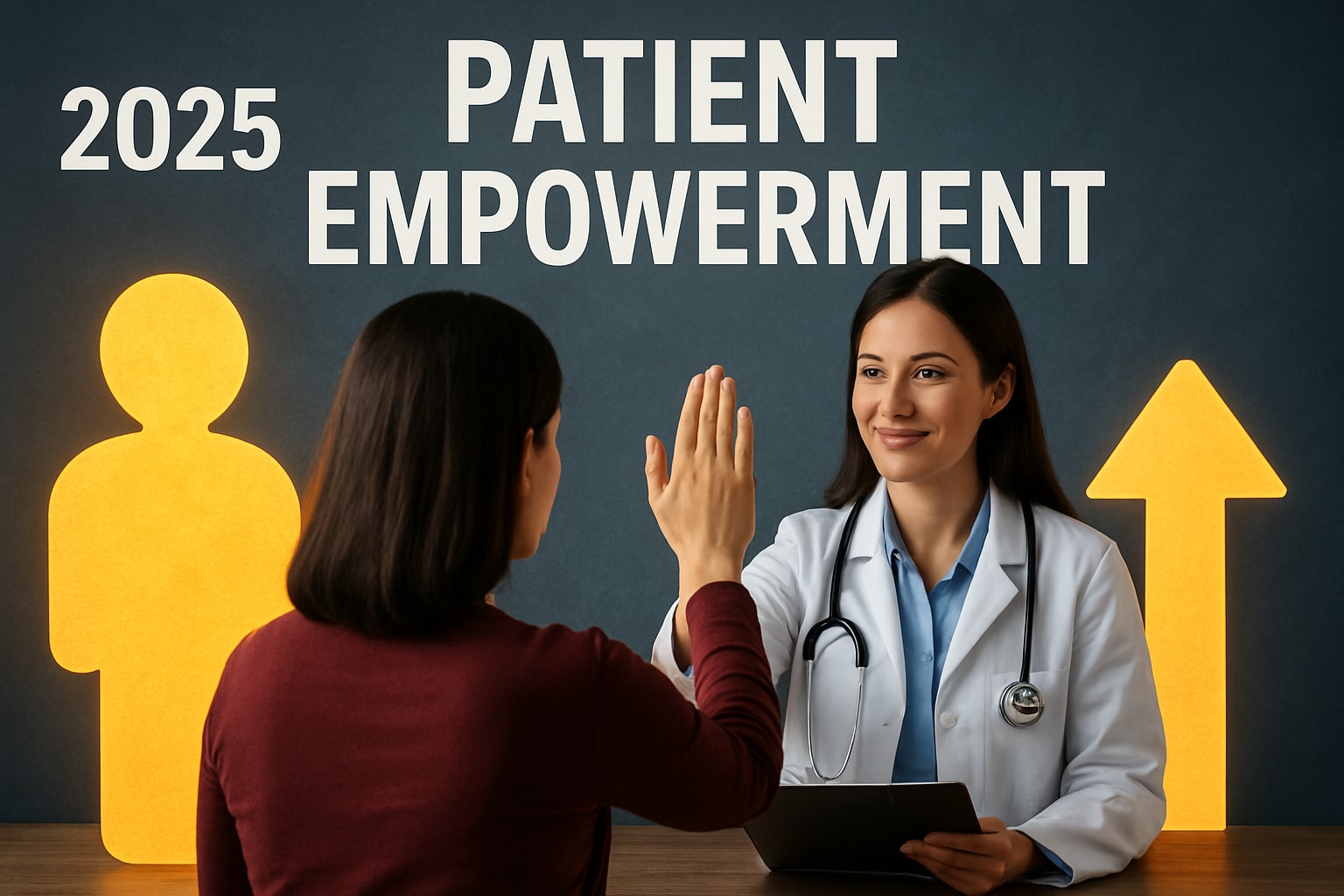Introduction: Bridging the Gap Between Classroom Learning and Real-World Nursing
Every nursing student knows the challenge — balancing theory, assignments, clinical hours, and personal life all at once. You’re constantly writing care plans, discussion posts, and evidence-based papers while learning how to communicate with patients in a clinical setting.
That’s where patient education guides come in. These are easy-to-understand materials designed to help patients manage their health, but they’re also powerful learning tools for nursing students. By studying and applying these guides, you can sharpen both your academic writing and clinical communication — two core skills every nurse needs to succeed.
Whether you’re working on your FPX project, preparing a patient education plan, or searching for help with your coursework thinking, “Maybe someone can Do My Online Course?” — this article will show you how to use patient education guides to improve your writing, boost confidence, and perform better in your classes and clinical rotations.
1. What Are Patient Education Guides?
Patient education guides are written materials that explain diseases, treatments, and health habits in simple, patient-friendly language. You’ve probably seen them in hospitals, clinics, or on sites like MediScript.net , which offers a wide range of professional health education guides for nurses, caregivers, and patients.
Unlike textbooks or journal articles, these guides are meant for everyday readers. They focus on clarity, empathy, and actionable information — qualities that are just as essential in nursing documentation and academic writing.
In short, learning from patient guides teaches you how to communicate clearly without losing accuracy — exactly what your professors expect in your discussion posts, care plans, and reflective essays.
2. How Patient Education Guides Help Improve Academic Writing
a. They Teach You the Power of Clarity and Simplicity
Many nursing students struggle with writing long, complicated sentences full of medical jargon. Patient education materials simplify complex topics while maintaining professional accuracy. By studying their structure, tone, and word choice, you’ll learn how to make your own writing more readable and effective.
For example, instead of writing:
“Hypertension is a multifactorial condition characterized by persistently elevated arterial pressure.”
You could say:
“High blood pressure happens when the force of blood against your artery walls stays too high for too long.”
That’s the kind of clarity your instructors — and patients — will appreciate.
b. They Model the Use of Evidence-Based Information
Patient education resources are built on evidence-based practice, just like your nursing assignments. By reviewing their sources and references, you can learn how to cite evidence properly and strengthen your academic work.
If you often wonder, “How can I find reliable research sources when I Take My Online Class For Me?” — start by checking the references in professional patient guides. They often point to trustworthy databases, clinical studies, and government health agencies.
c. They Help You Develop a Logical Writing Flow
Most patient education materials follow a simple, effective structure:
1. Introduction to the condition
2. Causes and symptoms
3. Treatment or management strategies
4. Prevention tips and follow-up care
That same structure works beautifully in your essays and nursing assessments. You can use it to organize your academic papers, case studies, or even patient care plans in a logical way.
d. They Reinforce Empathy in Writing
Good nursing writing isn’t just about facts — it’s about empathy. Patient guides demonstrate how to balance scientific accuracy with compassionate communication. Adopting that tone in your papers shows instructors that you understand the human side of healthcare.
When you write with empathy, you connect with your readers — whether that’s your professor, a clinical supervisor, or a patient under your care.
3. How Patient Education Guides Enhance Clinical Communication Skills
a. Turning Theory into Practice
Reading patient education materials helps bridge what you learn in textbooks with what you actually say to patients. You’ll pick up phrases, analogies, and ways to explain conditions that make sense to non-medical audiences.
So, when your clinical instructor asks you to teach a patient about diabetes management or medication safety, you’ll already have models to follow.
b. Building Confidence During Patient Interactions
Nursing students often feel nervous during their first patient teaching sessions. Using MediScript-style education guides as a reference gives you a framework for what to say and how to say it. Over time, this boosts your confidence and professionalism.
Remember, a confident nurse communicates clearly — and that clarity saves lives.
c. Improving Documentation and Reporting Skills
Every nurse must document patient education accurately. Reading how professional guides present data, recommendations, and follow-up steps can help you mirror that structure in your clinical documentation.
Your chart notes will become more concise, complete, and consistent — something every preceptor and nurse manager values.
d. Enhancing Cultural and Linguistic Sensitivity
Many patient education materials are written for diverse populations, taking into account literacy levels and cultural backgrounds. Observing how these guides use inclusive language and visuals can help you communicate better with patients from different backgrounds.
When you internalize these approaches, you become a more culturally competent nurse — which is a vital skill in today’s global healthcare environment.
4. Practical Ways Nursing Students Can Use Patient Education Guides
a. Analyze Patient Guides for Writing Practice
Pick a MediScript guide that matches a topic from your current nursing course — for example, asthma management, diabetes, or wound care. Study how it’s written: the vocabulary, tone, and structure. Then, try rewriting a section in your own words as if you were writing an academic paragraph.
This exercise improves your paraphrasing skills — a must for writing original, plagiarism-free papers.
b. Use Patient Guides as References in Your Assignments
If your professor allows, you can cite professional patient education materials as supplementary sources in discussion posts or care plan rationales. They demonstrate that you’re connecting your coursework to real-world patient education practices.
c. Apply Patient Teaching Techniques During Clinical Rotations
Before your clinical day, review a few MediScript guides related to the conditions you’ll see. This will prepare you to explain treatments, medications, or procedures in simple, effective terms to your patients.
You’ll impress both your patients and your clinical instructor with how well you communicate.
d. Combine Guides with Online Learning Support
If you’re juggling multiple classes or deadlines, it’s okay to look for academic support. Many students use professional writing services when they need help managing heavy workloads or complex assignments.
When you find yourself thinking, “Can someone Take My Online Class For Me?” — remember that using credible patient education materials alongside professional guidance can help you stay on track and actually learn more efficiently, not just finish faster.
The goal isn’t to avoid learning — it’s to make learning smarter and more manageable.
5. Why Combining Academic and Clinical Skills Makes You a Better Nurse
Nursing isn’t just about memorizing diseases or procedures. It’s about communication, compassion, and critical thinking. Academic writing teaches you to analyze and present data, while clinical communication teaches you to connect with real people.
Patient education guides merge those two worlds. They remind you that every research paper or assignment represents a real patient who needs understandable, compassionate care.
By improving both your writing and your teaching skills, you’re not only earning grades — you’re preparing to be a trusted voice in someone’s healing journey.
6. Tips for Using Patient Education Guides Effectively
1. Start early. Don’t wait until clinicals — begin reading and analyzing guides in your first semester.
2. Compare styles. Look at how different guides explain the same condition and note what makes one clearer than another.
3. Use them for reflection papers. Many FPX or RN-to-BSN programs ask for reflective writing — patient education insights fit perfectly here.
4. Teach back. Practice explaining what you read in a guide to a classmate or friend. If they understand, you’re ready to teach patients.
5. Blend with online resources. Use guides alongside credible nursing databases, evidence-based journals, and learning support sites like WriteMyNursing.com for the best results.
7. When to Seek Academic Help
Balancing nursing studies with clinical work can feel overwhelming. If you’re drowning in deadlines or struggling to keep up, there’s no shame in seeking help. Many students reach out for professional support services, asking questions like “Can someone Do My Online Course?” or “Who can Take My Online Class For Me?”
At WriteMyNursing.com, the goal isn’t to replace your learning — it’s to support it. Expert tutors can help you understand complex topics, improve your writing structure, and meet academic standards while keeping your workload manageable.
Combining that support with tools like patient education guides makes your learning experience more practical, efficient, and rewarding.
Conclusion: Turning Learning Into Lifelong Practice
Patient education guides aren’t just for patients — they’re incredible learning tools for nursing students. By studying their structure, tone, and clarity, you’ll naturally enhance your academic writing and clinical communication.
They help you think like both a student and a professional nurse — blending empathy with evidence, and theory with practice.
So next time you’re feeling overwhelmed with assignments or online courses, don’t just think “Can someone Take My Online Class For Me?” — instead, think about how to make learning more effective. Explore trusted resources like MediScript.net and supportive services like WriteMyNursing.com to become the kind of nurse who writes clearly, teaches compassionately, and cares confidently.
Because in nursing, communication isn’t just a skill — it’s the foundation of healing.




